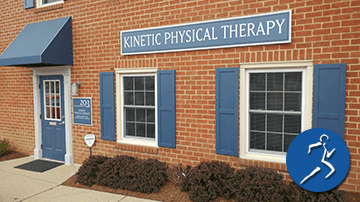When an adolescent who is active in sports complains of lower back pain, it may be an indication of a PARS Stress Fracture. These injuries are quite common in young athletes, especially if they use a lot of repetitive motion in a particular sport.
What Is a PARS Fracture?
It is a stress fracture, usually referred to as an overuse injury caused by repetitive motion, especially rotation and hyperextension. The damage is more likely to happen if the athlete does not support his body and bones with proper nutrition.
There is an area of the bone that is found in the spine. It’s called the PARS Interarticularis. It connects facet joints for each vertebral section. During adolescence, it is weaker and thinner, as part of the growth process as they lengthen. The repetition of movement during athletic training can affect these areas and can cause a fracture in the spine.
It is estimated that 30% of adolescent athletes experience a PARS fracture at some time in their athletic experience.
How Can Young Athletes Prevent PARS Fractures?
There are several steps athletes can take to protect themselves from exposure to a PARS fracture. Maintaining flexibility in the hip and the core muscles is essential. Limiting participation in one sport at a time can help. Adolescents should take a day off from games each week and take a break from sports every few months to give the area time to rest.
As we said before, diet is an important consideration when it comes to preventing PARS fractures. Nutrition is the key to maintaining healthy bones and muscles. PARS fractures are more common in sports where low body weight is encouraged or required.
Typically, the pain will diminish with rest, and start back up again with athletic activity. It’s not uncommon for a PARS fracture to begin on one side, and then, if not treated, it may develop on both sides. Catching these fractures early and treating them quickly can prevent their advancing to Spondylolysis, Spondylolisthesis, disc herniations, or other degenerative severe back conditions.
How To Treat a PARS Fracture
There are three parts to the treatment plan once a person been diagnosed with a PARS Fracture… Rest, time, and physical therapy. Because this area of the back is sensitive, it’s essential to make sure that the young athlete works with a physical therapy professional, who will help the patient learn and execute any exercises they do to relieve pain. Initially, rest is most important, and it’s essential to stop all athletic activity and let the injury begin to heal.
After the pain subsides, it’s time to start a regimen of therapy under the guidance of a physical therapist. The patient will learn to do exercises to help stabilize the core muscles, and the back, especially the lumbar region. Flexibility and hip and leg strength exercises will play a significant role in the treatment as well.
When the patient recovers to the point where they can tolerate low impact exercise and physical therapy exercises without pain, they will work with their physical therapist to improve function and train to return to the sport, if desired.
If you suspect a PARS fracture in your young athlete, contact us at Kinetic Physical Therapy, and let’s begin the healing journey.




Leave a Reply
You must be logged in to post a comment.